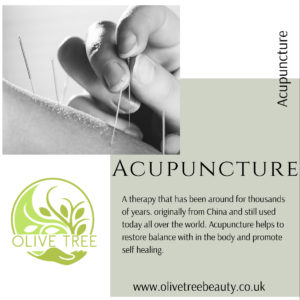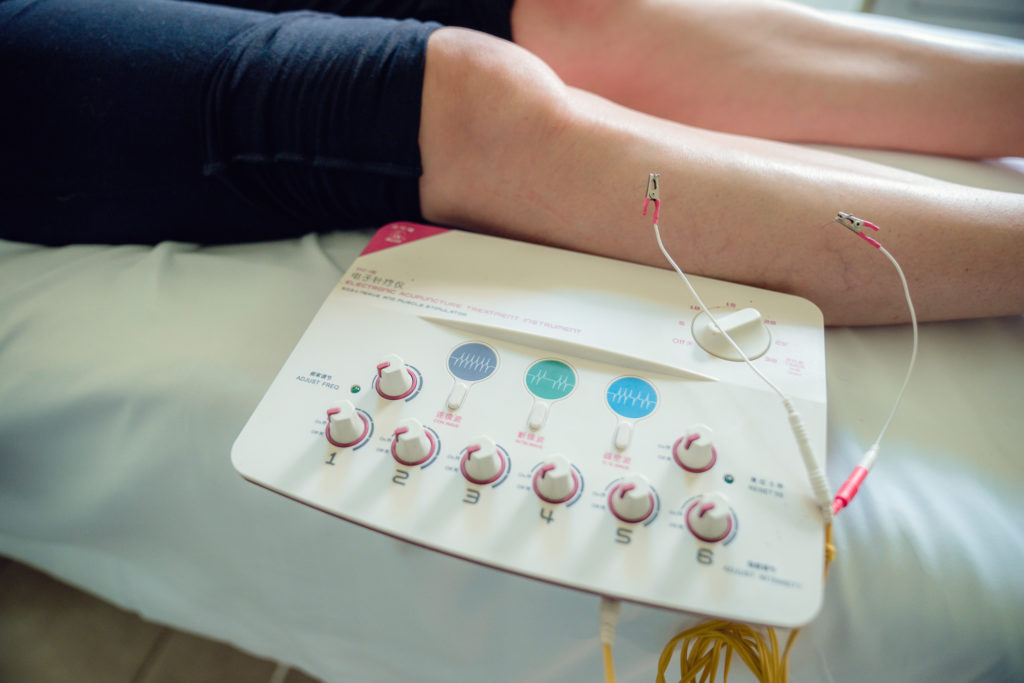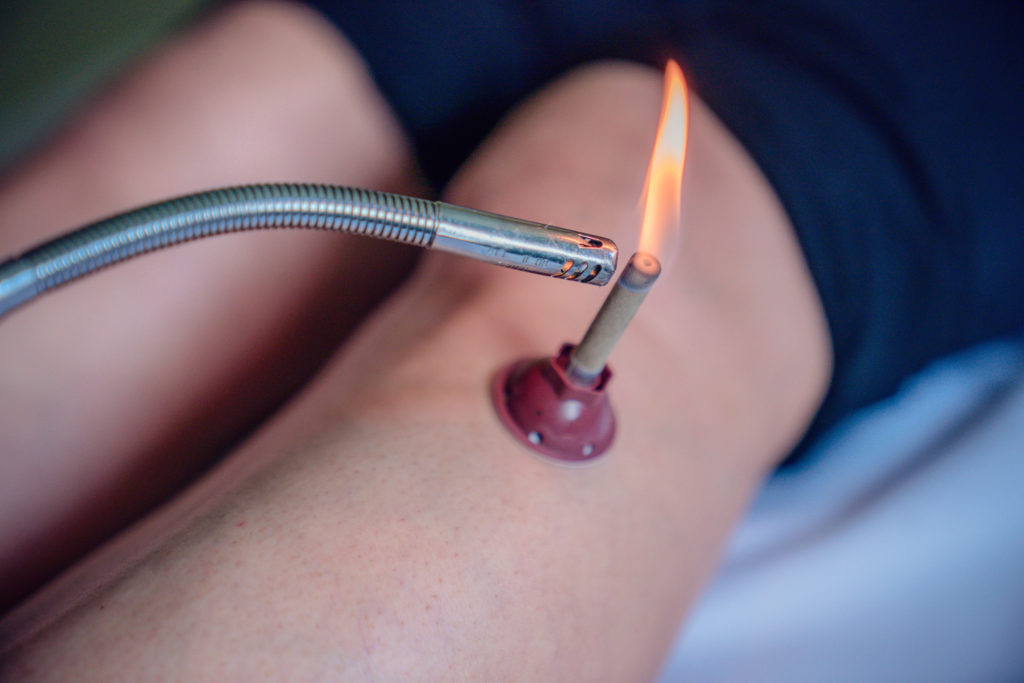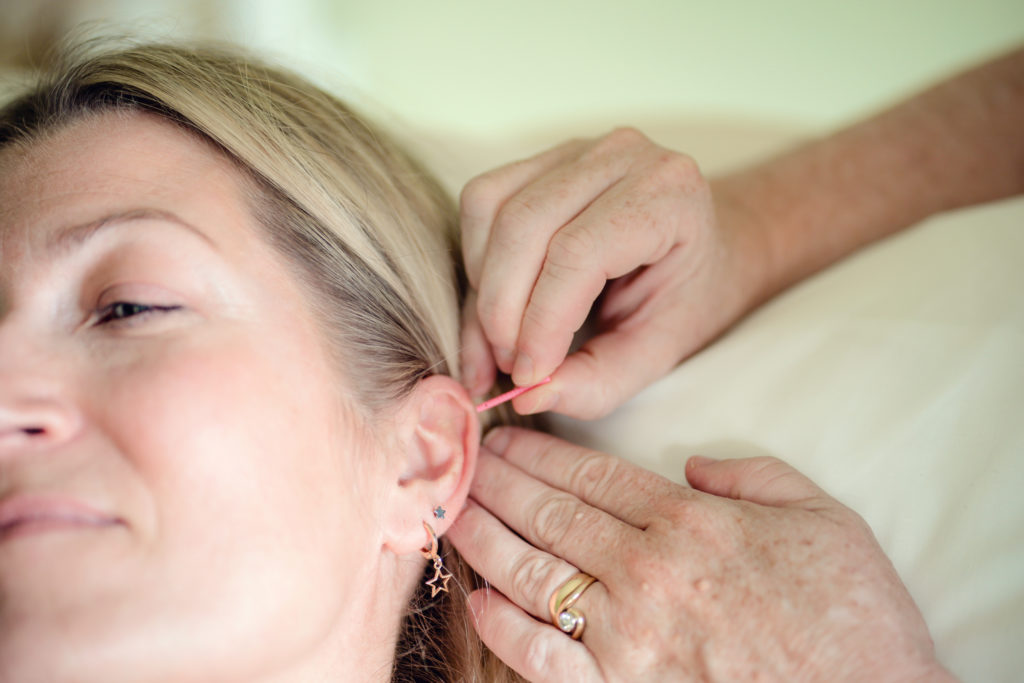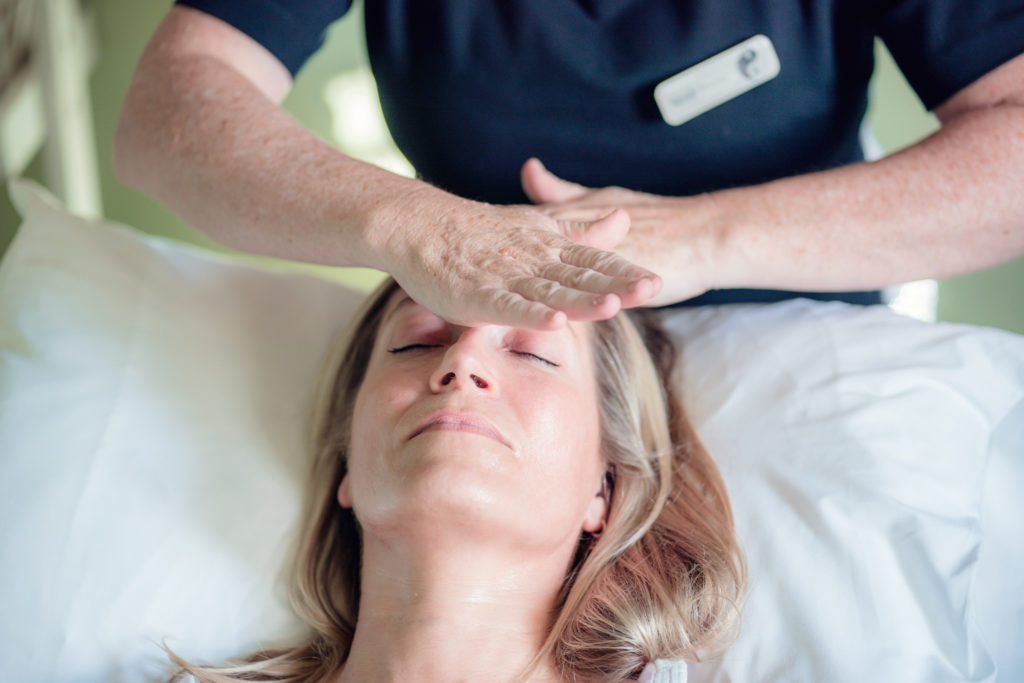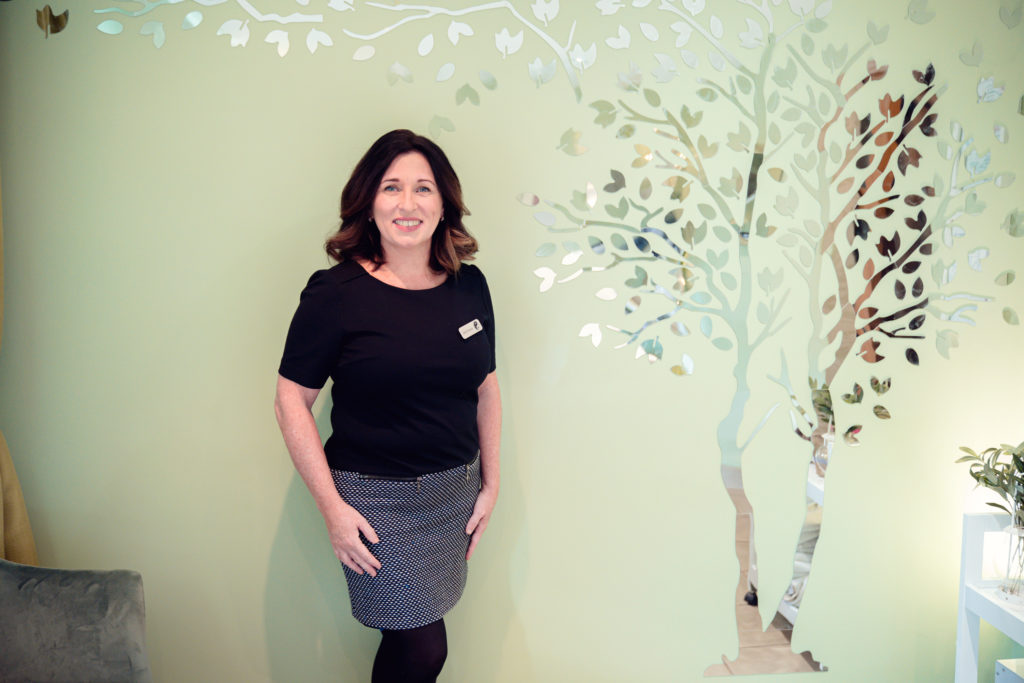What is Traditional Chinese Medicine Acupuncture ?
Traditional Chinese Medicine or TCM is a holistic approach to the diagnoses, treatment and prevention of disease. It is one of the oldest medical systems practised around the world today and believed to date back over 2,000 years ago in China.It is believed that disease is caused by disruptions in the flow of the bodies energy or Qi. Acupuncture works by stimulating specific points under the skin to release the Qi, thereby improving the body’s functions and promoting self healing.
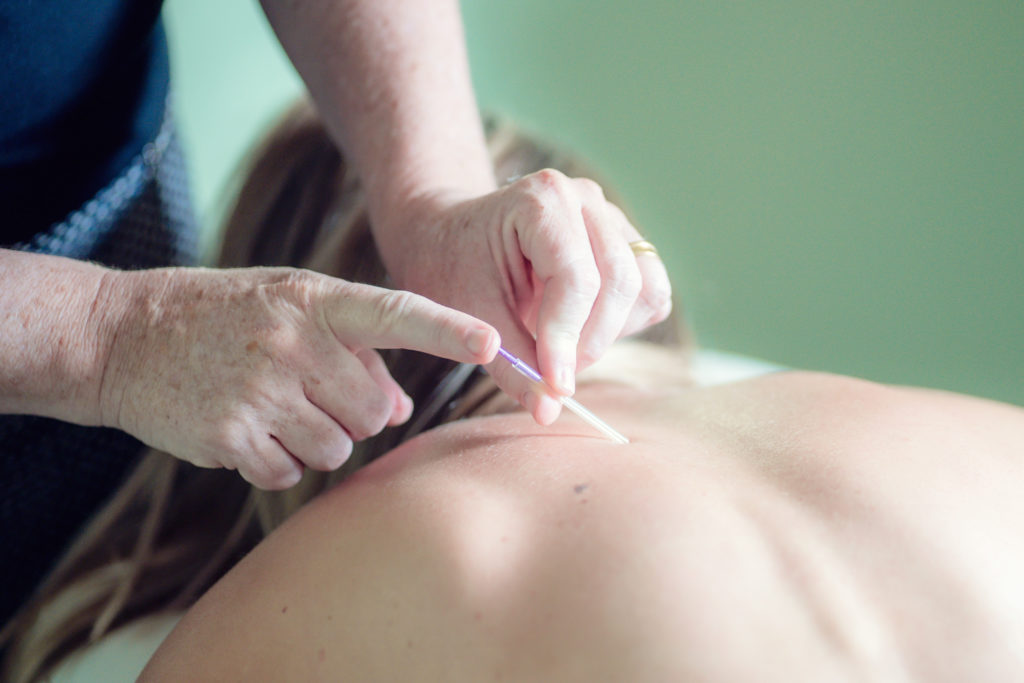
A TCM Acupuncturist will identify the patterns of disharmony within the body and then use the many different techniques to treat the patient. When the body’s Qi, or vital energy, cannot flow freely this creates disharmony. There can be many reasons for this; emotional, physical stress, poor nutrition, infection or injury are among the most common.
Acupuncture is the insertion of ultra-fine sterile needles into specific acupuncture points which seeks to re-establish the free flow of Qi to restore balance and trigger the body’s natural healing response. As a part of Traditional Chinese Medicine this ancient therapy enourage’s self healing within the body and the free flow of Qi. During a treatment a full consultation is taken including questioning, along with tongue and pulse reading, to establish a treatment plan. Each session may vary and could include; Needling, Massage, Cupping, Gua Sha, Moxa or Electro Acupuncture. The choice depends upon the condition and its severity. The length, number and frequency of treatments will vary from person to person depending on the conditions being treated, your age and health, and how you respond to acupuncture. Acupuncture is a natural medicine that is assisting your body to make changes which can be a gradual process. It has been shown to be effective for a variety conditions and can be used alongside western medicine.
Acupuncture may help with:
- Insomnia
- Period Problems
- Back Pain
- Frozen shoulder
- Digestive disorders
- Arthritis
- Infertility
- Muscle injury
- Sciatica
- Migraines / Headaches
- Anxiety / Depression
- Sinus/Colds/Coughs
- Menopausal symptoms / Menstrual Issues
- Stress
- Low energy
- Nausea
- And many more conditions.
Electro – Acupuncture
This is when the acupuncture needles are stimulated with an electric charge delivered from a machine. It is used often and effectively on patients dealing with pain. Electroacupuncture is quite similar to traditional acupuncture in that the same points are stimulated during treatment. As with traditional acupuncture, needles are inserted on specific points along the body. The needles are then attached to a device that generates continuous electric pulses using small clips. These devices are used to adjust the frequency and intensity of the impulse being delivered, depending on the condition being treated. Electroacupuncture uses two needles at time so that the impulses can pass from one needle to the other. Several pairs of needles can be stimulated simultaneously, usually for no more than 30 minutes at a time.Electroacupuncture is considered to be especially useful for conditions in which there is an accumulation of qi, such as in chronic pain syndromes, or in cases where the qi is difficult to stimulate.
Electroacupuncture should not be used on patients who have a history of seizures, epilepsy, heart disease or strokes, or on patients with pacemakers. It should also not be performed on a patient’s head or throat, or directly over the heart. Another recommendation is that when needles are being connected to an electric current, the current should not travel across the midline of the body (an imaginary line running from the bridge of the nose to the bellybutton).
Moxibustion
It is said to have originated from Northern China at least 3,000 years ago and was burnt on the acupuncture points before the use of needles.It involves the burning of a herb either near the skin or on the needle, direct or indirect.. It is often used on patients who are dealing with cold or stagnant conditions such as certain types of abdominal cramps. Moxa is a form of Chinese Medicine where a herb is burnt (Artemesia Vulgaria) and is held near an acupuncture point to create heat. It can be used to turn a a breech baby when held over Bladder 67 point or Zhi Yin (reaching yin). Used ideally around 34 weeks and can still be effective as late as 28 weeks. Acupuncturist’s also use it to warm meridians and organs, treat chronic digestive disturbance, menstrual problems and reproductive concerns.
Gua Sha
This is a tool used by practitioners to diagnose and treat blood stagnation as it is intended to address stagnant energy in the body. Stimulating the skin’s surface is thought to help break up this energy, reduce inflammation, and promote healing. When used the blood rushes to the surface as the skin is stimulated, this breaks up the stagnant energy, reduces inflammation and promotes healing. It can also be used as a diagnostic tool as the “sha” which is the red marks left behind indicated where the stagnation is.
.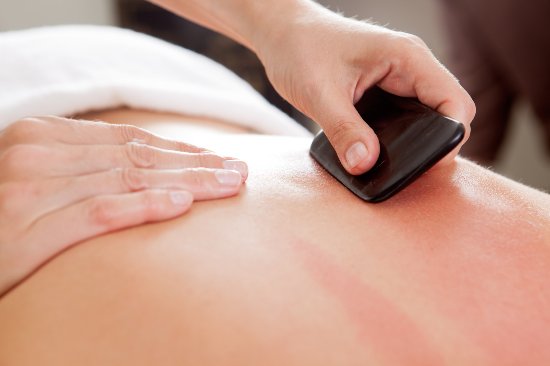
Ear Seeds & Auricular Acupuncture
Ear seeds are small black seeds from the vaccaria plant or small metal (gold) beads or pellets which are secured on the ear with a piece of adhesive tape over specific acupressure points. The continuous mild pressure they exert is amplified by stimulating the seed or pellet with a few seconds of fingertip massage every few hours. Ear seeds are non invasive, meaning that unlike needles or tacks, they are affixed on the surface of the ear and do not puncture the skin. Really beneficial for home care and effective for stress, anxiety, weight loss and addictions, I quite often send patients home with ear seeds on.
During a treatment I may use ear points for auricular acupuncture as it can be used for a wide range of indications, and it is especially useful to relieve pain, calm the mind, treat allergies and infectious diseases, regulate endocrine system disorders, addictions and treat chronic disease and functional disorders. It is also used for withdrawal syndrome.
Tui na
Another branch of Acupuncture, this therapeutic massage has been used in China for 2,000 years. Tui Na uses the traditional Chinese medical theory of the flow of Qi through the meridians as its basic therapeutic orientation. It includes the use of hand and arm techniques to massage the soft tissue (muscles and tendons) of the body, stimulation of acupressure points to directly affect the flow of Qi, and manipulation techniques to realign the muscles and ligaments. Tui na is often combined with acupuncture, cupping and guasha and can be provided as an alternative to acupuncture for people afraid of needles. I use it in a treatment to encourage better flow of Qi.
TDP Heat Lamps
Tedibg Diancibo Pu – a mineral heat lamp with loads of benefits : relieves muscle pain, joint pain, inflammation, soft tissue injury, relaxes muscle, improves range of motion, comfortable and relaxing. The deep penetrating far-energy of the TDP lamp will be felt as warmth in the area.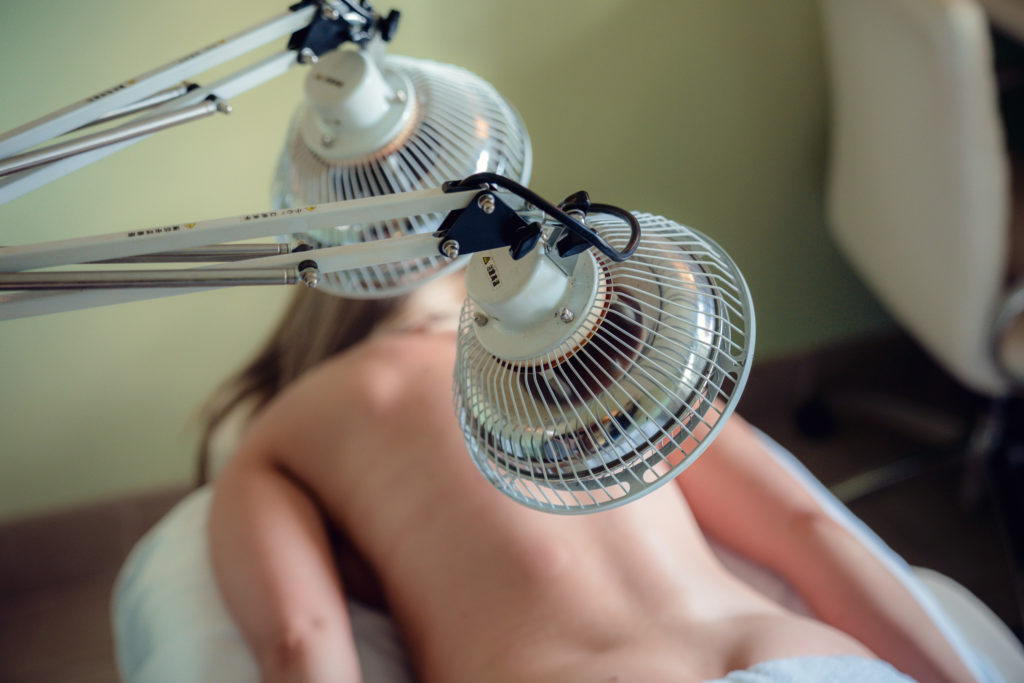 It’s been proven to promote blood circulation, improve micro circulation, strengthen immunity, improve metabolism, reduce inflammation. Unlike normal heat lamps this one has a mineral plate that is heated and ionises the trace minerals which can be absorbed in to the body. The lamp helps to stimulate the bodies natural processes and aid repair whilst also being soothing and deeply relaxing.
It’s been proven to promote blood circulation, improve micro circulation, strengthen immunity, improve metabolism, reduce inflammation. Unlike normal heat lamps this one has a mineral plate that is heated and ionises the trace minerals which can be absorbed in to the body. The lamp helps to stimulate the bodies natural processes and aid repair whilst also being soothing and deeply relaxing.
Sarah at Olive Tree is a fully qualified licensed Naturopathic Acupuncturist. She trained in London at The College of Naturopathic Medicine and then went on to complete postgraduate training in China at The Nanjing University Hospital of Traditional Chinese Medicine. With over 20 years experience as a beauty and holistic therapist, Sarah is continually expanding her knowledge. She is extremely passionate and enthusiastic about holistic health.
Her advanced training courses so far :
- Pregnancy
- Fertility
- Ivf
- Menopause
- Tui na
- Wave Meridian Therapy
- Scalp Acupuncture
- Facial Rejuvenation Acupuncture
- Bloodletting
- and she is currently studying Chinese Herbal Medicine
